Artist’s Blog
Insights, painting techniques and news from my Blue Mountains studio

Celebrating Creativity
When is creative work valuable and who should decide? This is a story of one woman's longing to make art with clay.

Bold Orange Creativity
What do holidays and bright orange pants have in common with being creative?
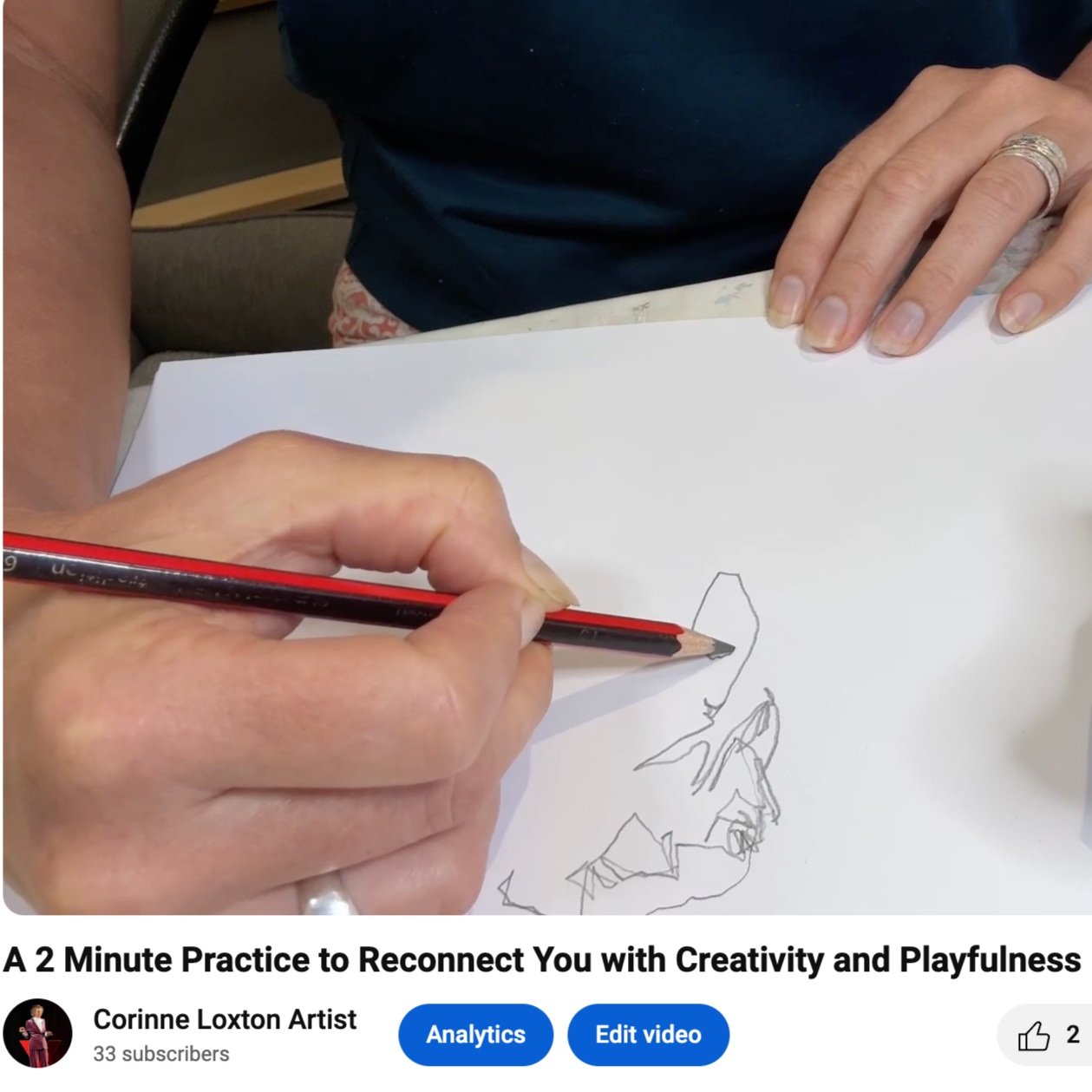
From Creative Funk to Flow in Just 2 Minutes
If you’ve ever felt stuck creatively, then this video might help! A quick reboot for your brain to access your creativity.

Lovin' Summer in the Studio
A new year and a new series of paintings… following a compass into the unknown.

The Terror and Thrill of Painting en Plein Air
Painting is a skill and creativity is like a muscle that can be developed, a state of being and way of showing up in the world that can be mastered with practice.

A Ball of String and a Dose of Ingenuity
This story of imaginative resourcefulness has always prompted joy and wonder in me, and the longing to create purpose and meaning out of simple objects of little consequence.


Autumn Preparations
As autumn arrives I consider what I may experience as I paint in the vast, dry landscape of the desert.

The Call of the Desert
As I plan a painting trip in the Red Centre, I consider what it is that draws me there and why its important.

The Story and Painting Technique in 'Wisdom of Trees I'
Read about how I create landscapes imbued with meaning and resonance, personal and archetypal symbols.

Exhibition Joys and Let's Find Your Flow
Thank you for companioning me over the past few months, through challenges and into new territory… join me now to Find Your Creative Flow

Presenting my TEDx Talk at Stella Downer Fine Art
Come and hear me share how I connect with creative flow and my journey through a difficult few years when I couldn’t paint at all.
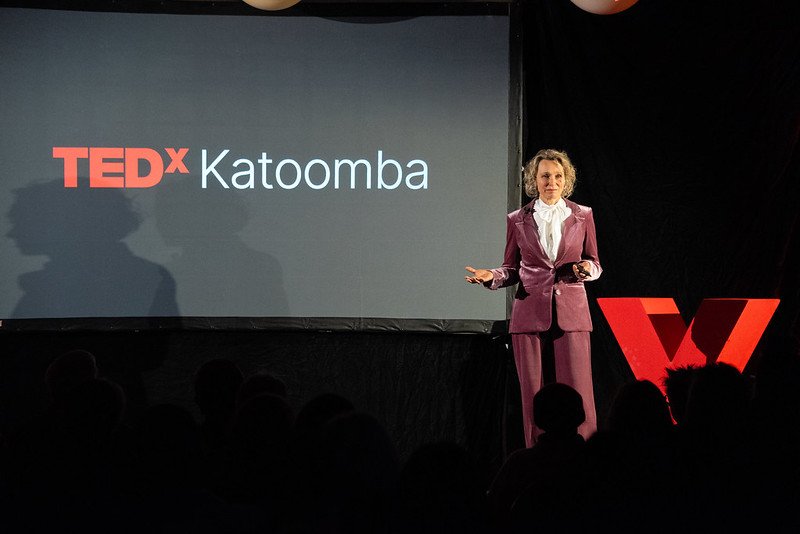
Connecting with Creative Flow - Watch my TEDx now!
I’m super excited that my TEDx talk, Connecting with Creative Flow, is now live! Check it out on YouTube.
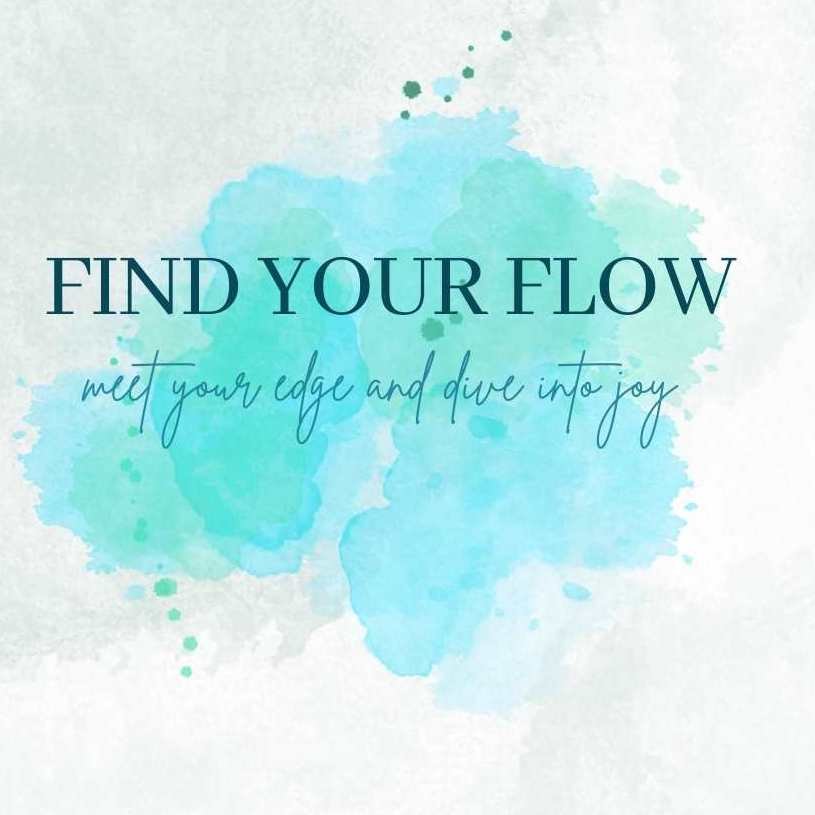
Creative Practices and Finding Flow
Most people want to explore and be creative. In this post, I share some of my insights on finding creative flow.

Only Listen to the Critics that Count
Creativity is challenging - how do we stay on track and only listen to the critics that count?
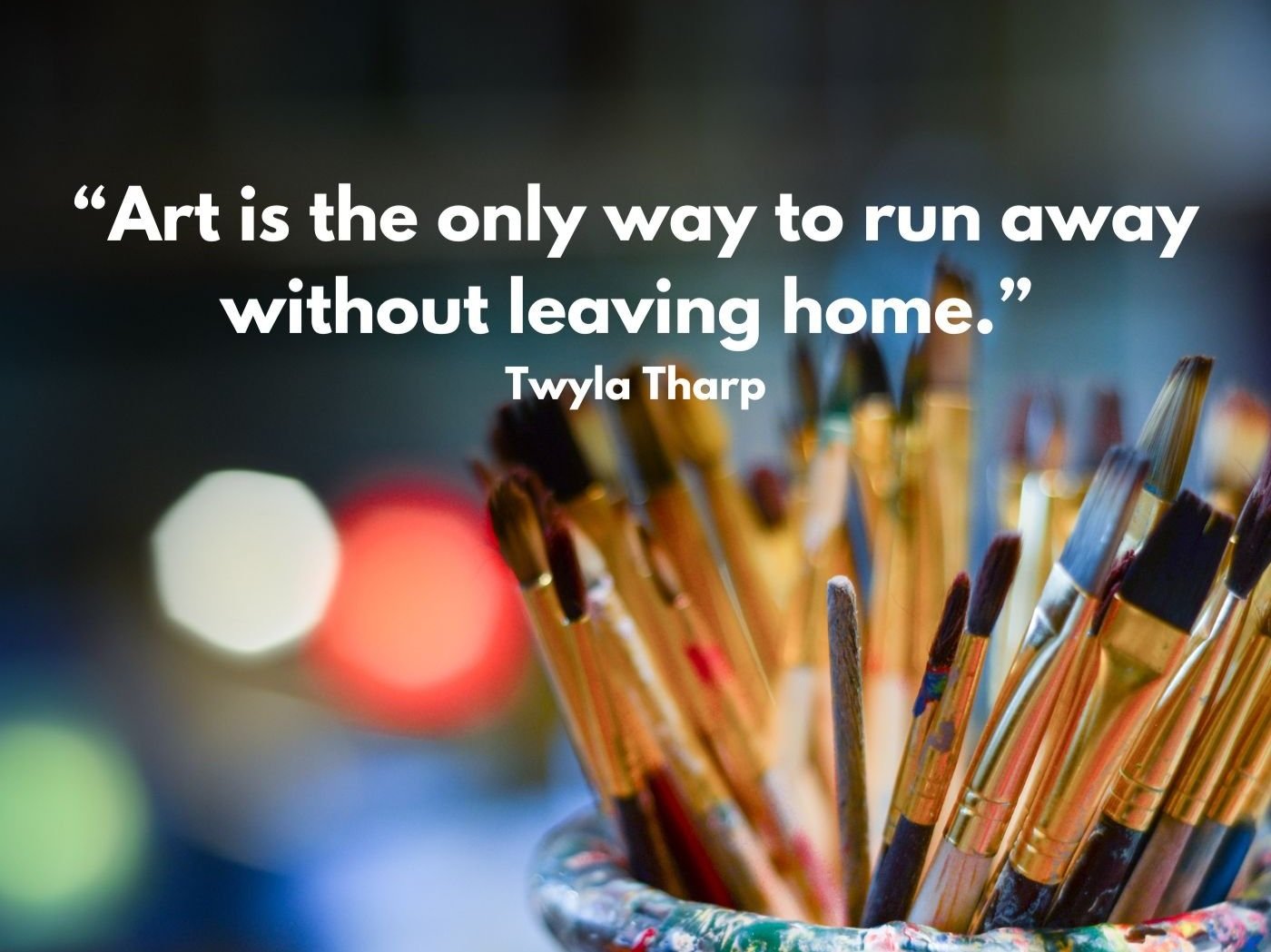
4 Essential Ingredients to Creativity
Any truly creative process is by nature not formulaic or simply mechanical. It’s possible to make something like a painting or a piece of writing, without truly engaging your creativity. These are the essential ingredients…
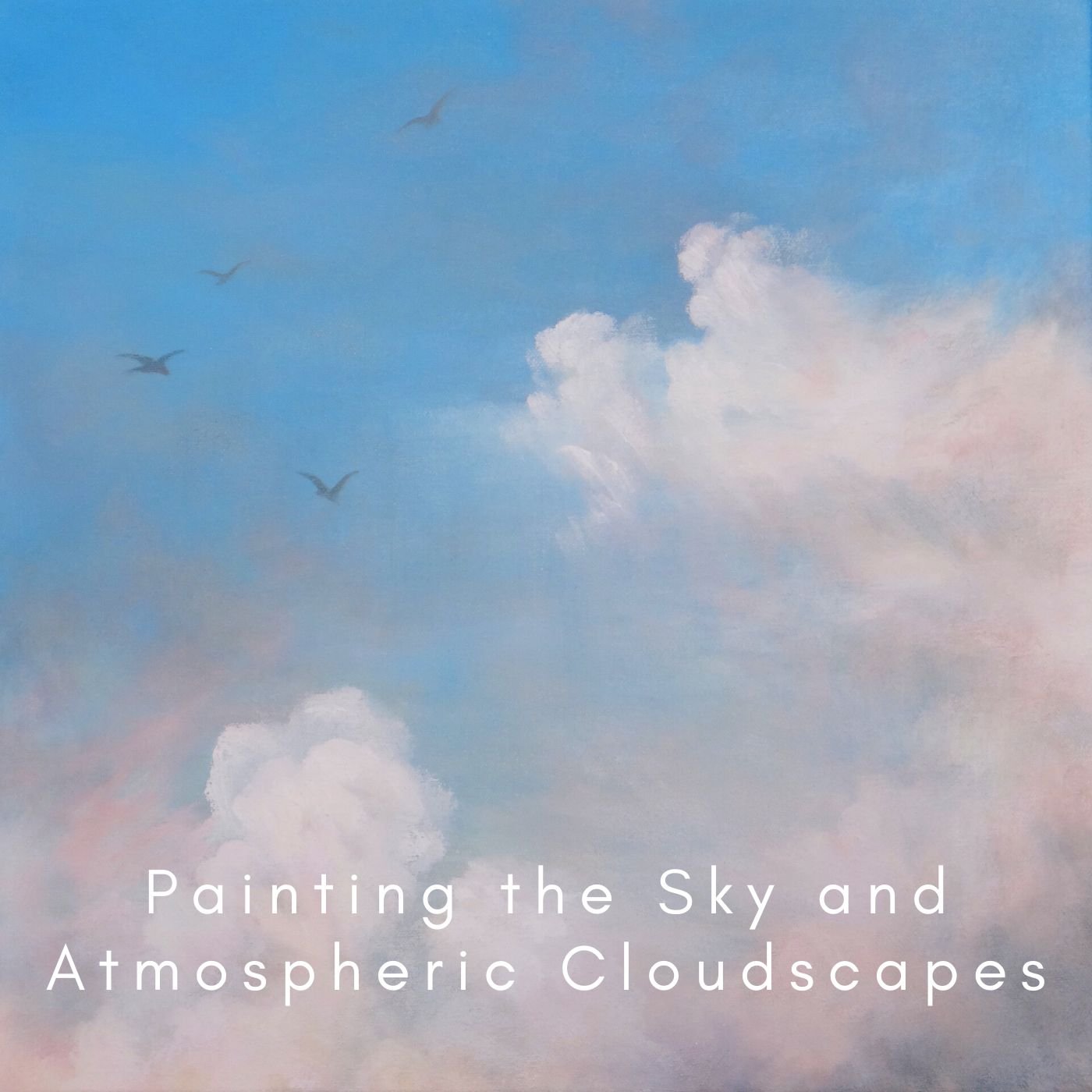
Do More of What You Love.... Painting Workshops for 2023
I'm going to add to the words Do more of what you love and say also, Be more of who you love. With this in mind, I'm truly excited to invite you to join me in some new workshops that I have designed for this purpose.

Transform the Way You See the World - Colour Painting Workshop
In this full-day colour immersion, you will acquire practical know-how on mixing and arranging colours, understanding warm and cool, intensity, hue and value, contrast, relationships and dynamics. By the end of the day, you will know how to lighten red without losing intensity or how to create a warm blue to vibrate next to a cool one. You will leave with a finished painting and a new experience of the world!

How do Anxiety and Uncertainty Birth Creativity?
Being creative is something most people want, but few of us feel confident about being. Confronting the unknown, with its accompanying anxiety, is the very birthplace of creativity…

Join Me to 'Capture the Spirit of Landscape'
My last workshop for the year is happening next month, 24 & 25 November. ‘Capturing the Spirit of Place’ will be a wonderful opportunity for you to learn new skills, meet like-minded people and have fun.